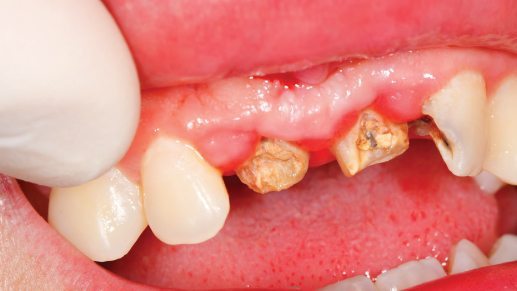Prevention: Flossing

Flossing is a commonly overlooked measure of good dental hygiene. Flossing helps rid the mouth of food and bacteria where your toothbrush can’t reach. This includes the area between the teeth and just under the gum line. Daily flossing is recommended to keep your mouth as healthy as possible and to eliminate plaque build-up, the bacteria responsible for cavities and gum disease.
Flossing is simple, easy, and effective. Here’s how to do it:
- Wind the ends of 18–24 inches of floss around each middle finger. You should have no more than four inches of floss between your fingers.
- Pinch the section of floss between your thumbs and index fingers and pull taut.
- Slide the floss between the teeth in a gentle, back and forth motion. Do not snap or force the floss.
- When you reach the gum line, move the floss around the tooth, forming a “C” motion.
- Use the same back and forth motion to remove the floss.
- Repeat the process with each tooth, using a new section of floss as you go.
The American Dental Association recommends flossing for 2 or 3 minutes, once a day. Most people floss at bedtime, but any time spent flossing can improve your oral health.
